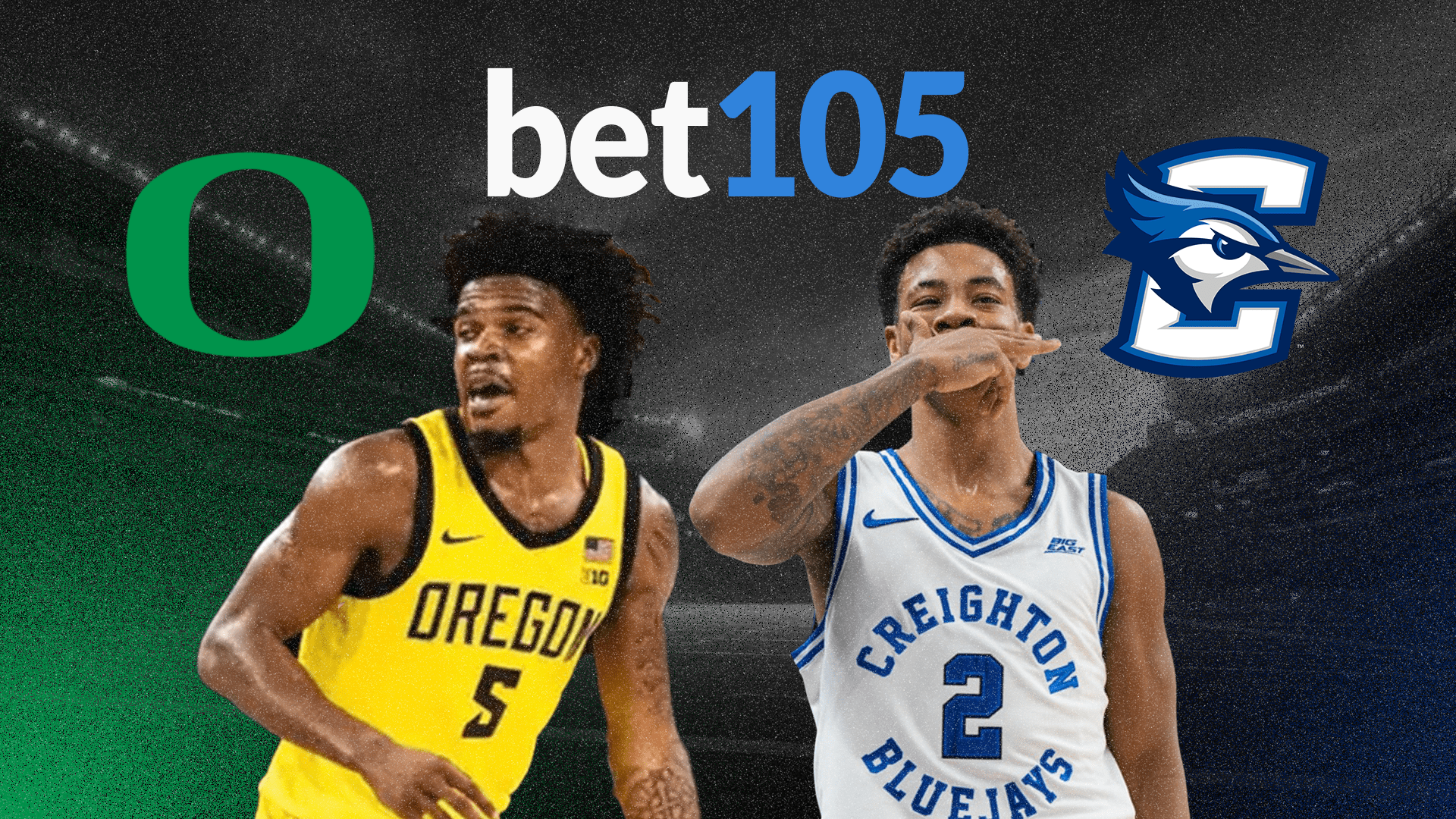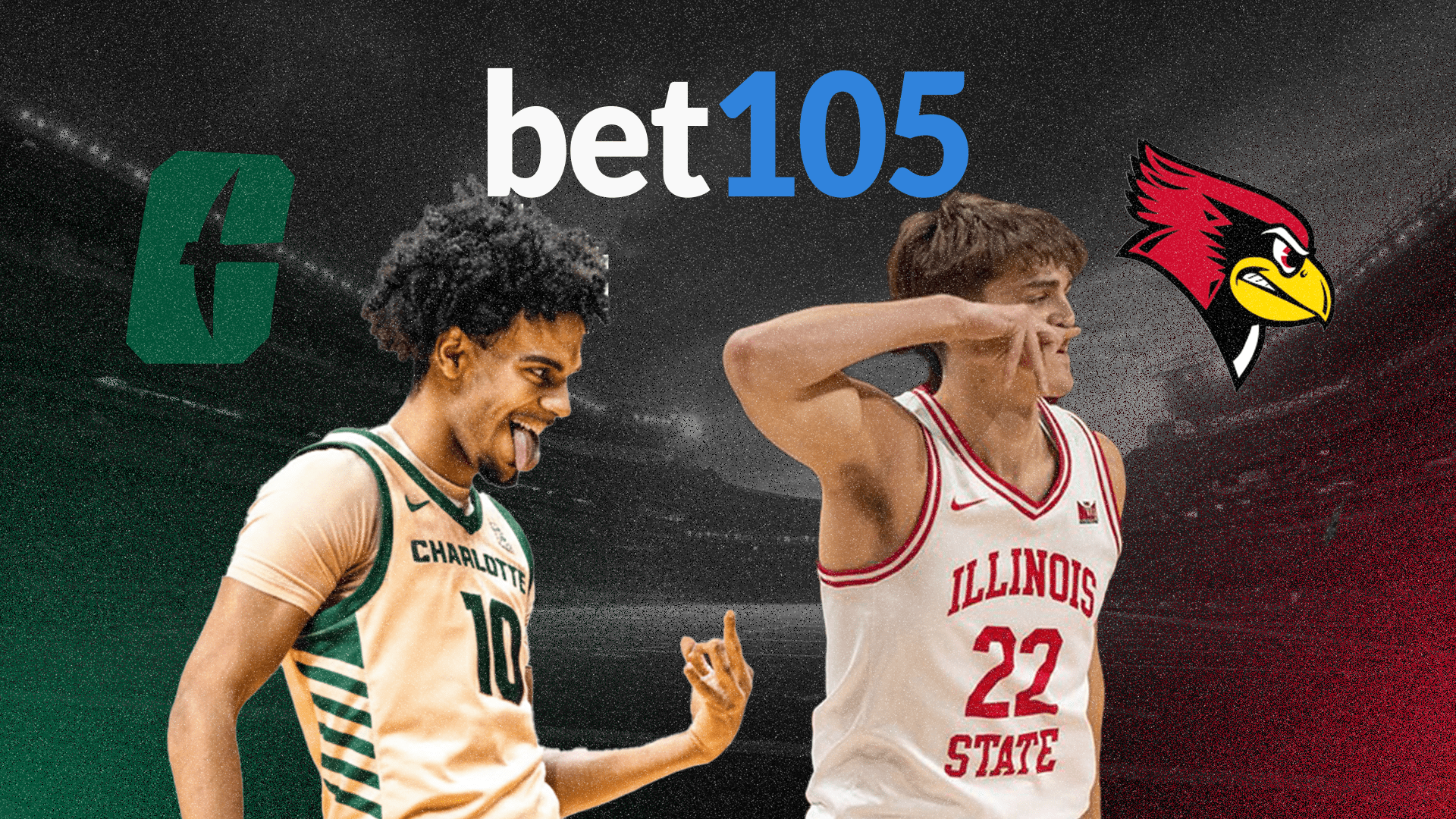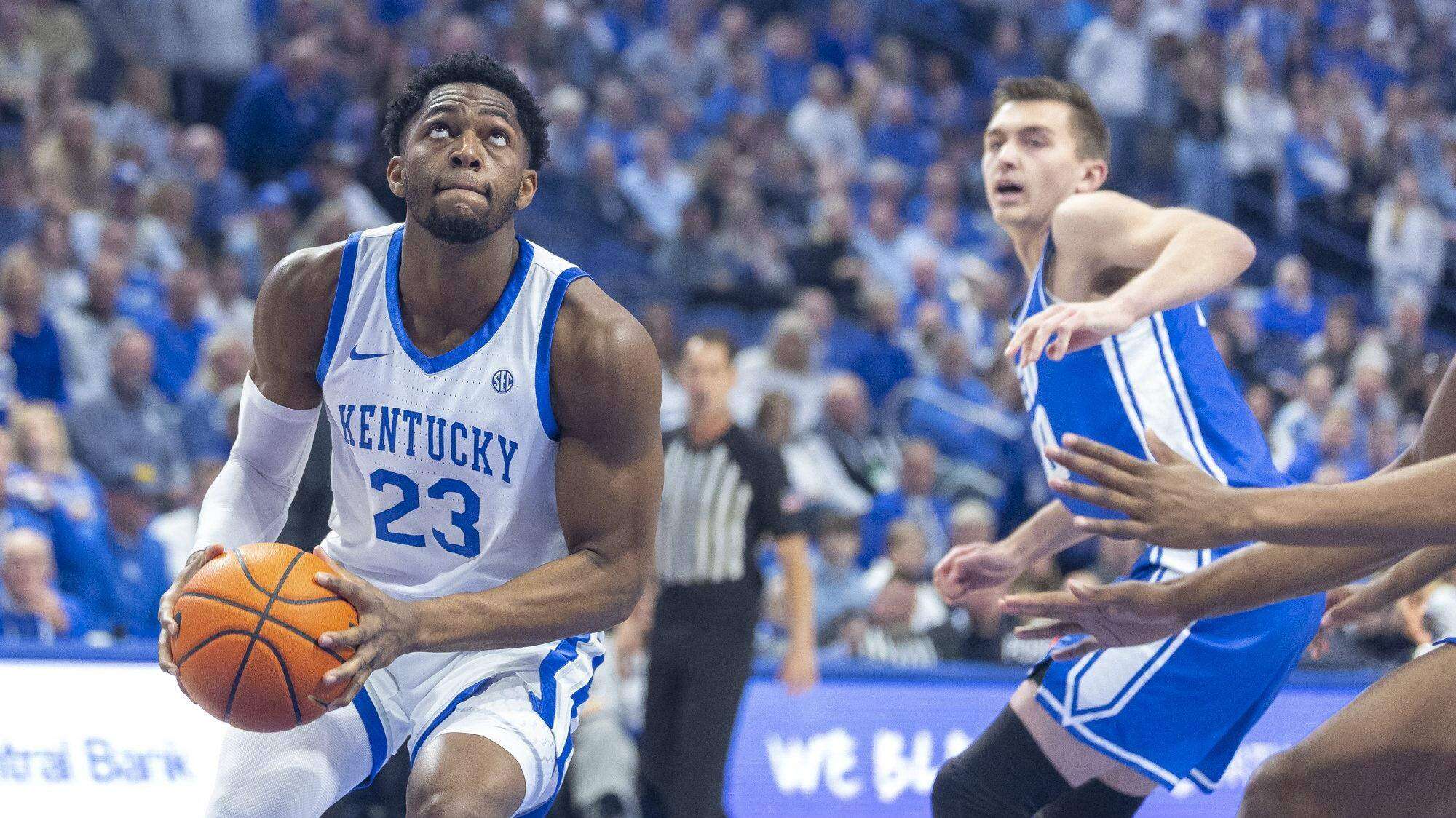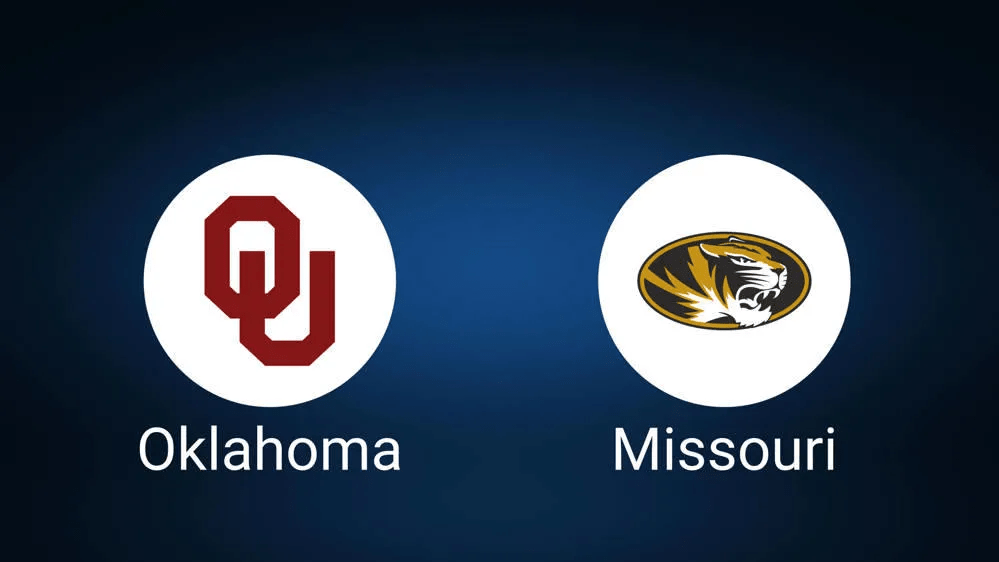Oregon Ducks vs. Creighton Bluejays Advanced Game Analysis
Oregon Ducks vs Creighton Bluejays Advanced Game Analysis – NCAA Men’s Basketball Nov.27, 2025 Matchup Preview Metric Oregon Ducks

Oregon Ducks vs Creighton Bluejays Advanced Game Analysis – NCAA Men’s Basketball Nov.27, 2025
Matchup Preview
| Metric | Oregon Ducks | Creighton Bluejays |
|---|---|---|
| Current Record | 4–2 | 3–3 |
| Points Per Game | 75.0 | 74.7 |
| Average Score Margin | +0.5 | +3.0 |
| Opponent Points Per Game | 74.5 | 71.7 |
| Effective FG% | 47.8% | 51.5% |
| Opponent Effective FG% | 51.0% | 48.6% |
| Offensive Rebound % | 37.1% | 36.2% |
| Total Rebounds Per Game | 39.5 | 38.7 |
| Turnover Percentage | 16.5% | 16.4% |
| FTA / FGA | 0.466 | 0.268 |
Team Profile
Oregon Ducks Team Profile
Oregon comes into this matchup at 4–2, carrying the profile of a team that has been tested early and is still calibrating its ceiling. The Ducks’ statistical footprint suggests a group with solid scoring potential, good size on the glass, and a preference for playing through physicality. Averaging 75 points per game with a slight positive scoring margin, Oregon has not yet separated itself as a dominant unit, but they have shown the ability to navigate different game scripts and still find ways to compete late.
Offensively, the Ducks blend dribble creation, high ball screens, and inside out actions that leverage their rebounding advantage. The 47.8 percent effective field goal number shows that shot making has been serviceable rather than elite, but Oregon compensates by attacking the rim and drawing fouls at a high rate. Their 0.466 free throw attempts per field goal attempt is a major pillar of their scoring structure. That number reflects a team that is comfortable initiating contact, forcing rotations, and turning drives into trips to the line. When Oregon gets into a rhythm of paint touches plus offensive boards, their possessions become difficult to fully stop.
On the glass, the Ducks’ 39.5 rebounds per game and 37.1 percent offensive rebound rate are real weapons. Those metrics are not byproducts of random bounces; they are tied to the way Oregon sends bodies to the rim on shots and the angles their bigs take when the ball is in the air. Second chance points are a built in feature of their offense. Even when they miss initially, the Ducks frequently convert scramble situations into putbacks or kick out threes.
Defensively, Oregon is still a work in progress. Opponents are scoring 74.5 points per game and converting at 51.0 percent in effective field goal percentage. That combination points to vulnerabilities in both rim protection consistency and three point coverage. The Ducks can look stout on individual possessions when their size shows up vertically at the rim, but breakdowns in ball screen coverage or late closeouts have allowed opponents to keep pace. Their overall profile indicates a team that can get stops in key stretches, but has not yet built a full game of defensive control.
At 4–2, Oregon’s season arc feels like one of refinement. The foundational tools are in place: size, aggressiveness, rebounding, and free throw generation. The question for this matchup is how cleanly they can link those strengths over forty minutes against a Creighton team that brings a contrasting, more perimeter oriented approach.
Creighton Bluejays Team Profile
Creighton arrives at 3–3 with a statistical profile that suggests more quality than the record alone implies. The Bluejays own a positive scoring margin, outscoring opponents by roughly three points per game while keeping opponent scoring to about 71.7 points per outing. Their combination of solid scoring, efficient shooting, and respectable team defense hints at a team whose losses may say more about schedule and situational variance than structural flaws.
Offensively, Creighton is characteristically crisp. The Bluejays average 74.7 points per game while posting a 51.5 percent effective field goal mark, which notably outpaces Oregon’s current shooting efficiency. The offense leans on spacing, ball movement, and the ability to find rhythm jumpers both inside and beyond the arc. With 16.2 assists per game, one of the stronger playmaking numbers in this matchup, Creighton’s attack is clearly built around shared responsibility rather than heavy isolation basketball. When their shooters are in rhythm, the floor opens up quickly.
Creighton’s rebounding numbers are solid as well, at 38.7 boards per game with a 36.2 percent offensive rebound rate. While they are slightly behind Oregon in both raw rebounding volume and offensive rebounding percentage, these are still upper tier numbers that allow them to compete physically. They may not overpower Oregon on the glass, but they should not be overwhelmed either.
Defensively, Creighton currently owns the more favorable profile. Opponents are limited to 71.7 points per game and 48.6 percent effective field goal shooting. Those marks, when contrasted with Oregon’s defensive numbers, paint a picture of a Bluejays team that does a better job contesting shots, finishing stops, and forcing opponents into less efficient scoring zones. They are not a lockdown defense in a traditional sense, but they are organized, rotate with purpose, and rarely give up the easy breakdown buckets that have hurt Oregon at times.
At 3–3, Creighton’s early season has included both promising highs and teachable moments. The advanced numbers tell the story of a team that is structurally sound and capable of clean execution. Against Oregon, their challenge is to keep the game in a skill and spacing lane rather than allowing it to turn into a foul heavy, offensive rebounding battle that tilts toward the Ducks’ strengths.
Team Identity
Oregon Ducks Identity Snapshot
- Tempo: Moderate, with willingness to grind half court possessions
- Play style: Physical, downhill drives plus strong offensive rebounding 🔥
- Offense focus: Free throw pressure and second chance creation
- Defense focus: Size and length, still stabilizing rotations
Creighton Bluejays Identity Snapshot
- Tempo: Controlled, with emphasis on spacing and execution 🔥🔥
- Play style: Ball movement, shooting, and read based offense
- Offense focus: Efficient perimeter and midrange shot selection
- Defense focus: Shot quality suppression and organized help
High Level Team Comparison
This matchup sets up as a clash between physicality and precision. Oregon wants to win through contact, volume on the glass, and trips to the free throw line. Creighton wants to win through clean looks, passing, and controlled shot selection. The Ducks tilt the game toward collisions in the paint and extended possessions. The Bluejays tilt the game toward ball reversals, timing, and finding the best available jumper within the structure.
From a macro angle, Creighton appears slightly more efficient, especially in terms of shooting and defensive suppression of opponent quality. Oregon appears more aggressive, especially in how they attack the glass and generate free throws. The question becomes which identity can hold up more consistently over forty minutes. If whistles are frequent and rebounding wars define the rhythm, Oregon’s edge in free throw rate and offensive rebounding becomes more important. If the game is cleaner, with fewer fouls and a higher percentage of possessions dictated by half court execution, Creighton’s precision and shooting efficiency gain leverage.
The matchup is also about floor geography. Oregon wants the game to be decided in the paint and at the stripe. Creighton wants it decided around the perimeter and in midrange pockets created by smart spacing. Whichever team imposes its preferred map of the court will likely dictate the scoreboard as well.
By the Numbers
Scoring and Efficiency 🔥
Points Per Game Oregon: 75.0 Creighton: 74.7 Average Score Margin Oregon: +0.5 Creighton: +3.0 ✅ Slight overall edge Opponent Points Per Game Oregon: 74.5 Creighton: 71.7 ✅ Better scoring defense Effective Field Goal % Oregon: 47.8% Creighton: 51.5% ✅ Cleaner shot making Opponent Effective FG % Oregon: 51.0% Creighton: 48.6% ✅ Clamps down more consistently
Rebounding Profile
Total Rebounds Per Game Oregon: 39.5 Creighton: 38.7 Offensive Rebound % Oregon: 37.1% 🔥 Real second chance weapon Creighton: 36.2% Strong, but slightly behind Opponent Offensive Rebounds (per game) Oregon: 12.5 Creighton: 11.8 ✅ Slightly better at sealing the glass
Ball Security, Creation and Free Throws
Assists Per Game Oregon: 13.7 Creighton: 16.2 ✅ Ball moves more side to side Turnover Percentage Oregon: 16.5% Creighton: 16.4% Virtually identical FTA / FGA (Free Throw Pressure) Oregon: 0.466 🔥🔥 Lives at the line Creighton: 0.268 More jumper oriented
Simple Visual Snapshot
Scoring Volume Oregon: ████████████░░ Creighton: ████████████░░ Similar Scoring Margin Oregon: ██████░░░░░░ Creighton: █████████░░░ Edge Creighton 🔥 Shot Efficiency (eFG%) Oregon: ███████░░░░░ Creighton: ██████████░░ Edge Creighton 🔥 Free Throw Pressure Oregon: ████████████🔥🔥 Creighton: ████░░░░░░░░ Ducks win this area Rebounding (Total + OR%) Oregon: ███████████░ Creighton: ██████████░░ Slight Ducks edge
Defensive Impact
Opponent eFG% Oregon: 51.0% Creighton: 48.6% ✅ Better contests and rotations Opponent Points Per Game Oregon: 74.5 Creighton: 71.7 ✅ More consistent defensive results Defense Summary: Oregon: Relies on size, can leak on perimeter Creighton: Organized shell, better at limiting clean looks
Advanced Metrics and Tempo Analysis
Advanced Metrics Snapshot 🔥🔥
Shot Quality Differential (projected) Oregon: ███████░░░░ Slightly positive Creighton: █████████░░ Clearly positive 🔥 Tempo Profile Oregon: ██████░░░░ Moderate, okay slowing things down Creighton: ███████░░░ Comfortable at balanced, controlled pace Lineup Stability Index Oregon: ███████░░░ Fairly stable core Creighton: █████████░░ High stability and defined roles Momentum Swing Index Oregon: ███████░░░ Can generate runs with boards + FTs Creighton: ███████████ Can stack 3s and quick scoring bursts 🔥🔥🔥
Pace and Possession Battle
Both teams operate in a fairly similar tempo band, which makes the “who controls pace” question more subtle than fast versus slow. Oregon’s version of pace control revolves around how many possessions feature physical drives and offensive rebounding battles. The more trips that end with free throws or second chance opportunities, the more the Ducks’ identity shines. Creighton’s version of pace control revolves around how many possessions end with clean catch and shoot looks or well timed drives into space rather than collisions in traffic.
Oregon benefits from games where whistles are frequent and the floor shrinks into the paint. Their high FTA/FGA number means that a whistle heavy environment rewards their core plan. Creighton benefits from games where the ball and players move more freely, rotations are clean, and fouls are less central to the storyline. Their efficiency edge in both shooting and opponent shooting shows up most in games where execution is the primary differentiator.
Rim and Perimeter Defense Split
Rim Protection (practical impact) Oregon: ███████░░░ Uses size, but can give up angles Creighton: █████████░ Rotates in help on time 🔥 Perimeter Defense (contesting jumpers) Oregon: █████░░░░░ Opp eFG suggests inconsistency Creighton: ████████░░ Better at bothering shooters
The rim versus perimeter split suggests that Creighton has a more complete defensive shell. Oregon can look strong at the rim in individual possessions, but their opponent shooting numbers indicate that breakdowns and late recoveries are still too common. Creighton, by contrast, is not suffocating, but consistently respectable at both levels, making opponents earn points through contested attempts.
Lineup Stability and Roles
Lineup Stability Oregon: ███████░░░ Solid, still experimenting at margins Creighton: █████████░ Clear pecking order and usage
A more stable lineup generally translates into fewer miscommunications on both ends of the floor. Creighton’s roles are well defined, which meshes with their assist numbers and defensive discipline. Oregon’s rotation has strong core pieces but is still being tuned at the edges. That can be an advantage in terms of flexibility, but it can also lead to stretches where lineups are still learning each other.
Pace and Efficiency Battle
From an efficiency perspective, Creighton enters with slight but meaningful edges in shooting, scoring margin, and opponent shot suppression. Oregon counters with physicality advantages in free throws and offensive rebounding. The matchups that matter most are not just guard versus guard or big versus big, but philosophy versus philosophy.
If Oregon forces this game into a series of wrestling matches around the rim, with lots of free throws and a high share of shots near the basket, they can blunt some of Creighton’s shooting edge by sheer possession volume. Offensive rebounds and foul accumulation on Creighton’s frontcourt would shift leverage toward the Ducks quickly. Conversely, if Creighton keeps Oregon off the offensive glass and avoids foul trouble, their edge in overall shot quality and ball movement should surface over time.
Efficiency battles like this rarely come down to one metric. Instead, it is the combined effect of slightly better shooting, slightly better defense, and slightly better scoring margin that tends to decide outcomes. Right now, more of those checkboxes sit on Creighton’s side of the ledger, but Oregon’s ability to break that script with physicality gives them a very real upset path on any given night.
Recent Form and Context
Oregon’s 4–2 record reflects a team that has done enough to win while still clearly chasing its best version. Game tapes show stretches where the Ducks look like a top tier group: active hands, quick transitions from defense to offense, and relentless activity on the glass. They also show stretches where defensive lapses and missed box outs open doors for opponents. That inconsistency explains the modest scoring margin and the contrast between their rebounding strength and opponent shooting numbers.
Creighton’s 3–3 record comes with its own context. Statistically, the Bluejays look more like a solid winning team than a .500 club. Their positive scoring margin, strong assist numbers, and respectable defense suggest that a few swing possessions, hot opponent shooting nights, or late game breakdowns could be hiding how competitive they truly are. Over a full season, profiles like this often trend upward as the sample grows.
In a head to head setting, recent form hints that Oregon is still anchoring its identity in toughness and rim pressure, while Creighton is trying to normalize performance around its offensive structure and defensive discipline. Both teams are in the phase of the season where identity habits can harden: this game is the type of crossroads matchup that can either confirm those trends or redefine them.
Offense vs Defense Matchups
Oregon Offense vs Creighton Defense 🔥
This is the most direct collision of strength versus strength. Oregon’s plan is to live in the paint, force rotations, and collect offensive rebounds. Creighton’s plan is to limit clean looks, avoid foul trouble, and complete possessions with strong defensive rebounding. Oregon’s 0.466 FTA/FGA stands out in this matchup: if that number holds or rises, it means Creighton has been forced into more contact than they prefer.
Creighton’s defensive success depends on two things. First, they must keep ball handlers out of the deep lane without over committing help from strong side shooters. Second, they must stay attached on box outs when Oregon shots go up. Overhelp leads to long rotations and more offensive rebounds. Underhelp leads to easier finishes for Oregon’s drivers and bigs. The Bluejays need to find a middle path where help arrives on time and box outs are still executed.
Creighton Offense vs Oregon Defense 🔥
On the other side, Creighton’s offense has the potential to exploit gaps in Oregon’s defensive consistency. The Bluejays bring better effective field goal numbers, more assists, and a more stable lineup. Their offense should be able to leverage Oregon’s occasional late closeouts by using extra passes and shot fakes to turn decent looks into great ones.
For Oregon, the priority is to reduce the number of rhythm threes and clean catch and shoot moments Creighton generates. They can tolerate some midrange jumpers if it means taking away corner threes and uncontested pull ups. Oregon’s length can disrupt first actions, but the key is what happens when Creighton flows into second and third actions. If the Ducks lose track of shooters after the first screen, the Bluejays’ passing game will carve out high quality attempts.
Key Players
Oregon Ducks
- Primary downhill guard 🔥: The lead ball handler who applies pressure on the rim and creates free throw opportunities. Their decision making in traffic and willingness to kick out when help collapses will determine whether Oregon’s drives become efficient possessions or forced shots.
- Glass controlling big: Oregon’s top rebounder has the chance to tilt the game by turning misses into extra possessions. If they dominate the offensive glass, Creighton’s defensive work in the first 20 seconds of a possession may not be enough.
- Floor spacing wing: A capable shooter who can punish Creighton for over protecting the paint. Knockdown perimeter shots from this role can stretch the defense just enough to open bigger driving lanes.
Creighton Bluejays
- Lead playmaker 🔥🔥: The primary creator who organizes the offense, rejects or uses screens based on coverage, and finds shooters or rollers on time. Their ability to limit turnovers and keep the ball moving is central to Creighton’s identity.
- High volume shooter: A scorer who can generate points from three and midrange. When they are in rhythm, Oregon’s defense is forced to stretch, which creates more space for cuts and slips.
- Defensive anchor: The big who communicates coverages, calls out screens, and cleans the glass. Their ability to defend without fouling and still contest effectively is critical against Oregon’s rim pressure.
Coaching Impact
Coaching in this matchup is less about reinventing either team and more about leaning into what they already do well while masking weaknesses. Oregon’s staff will emphasize paint touches, offensive rebounding emphasis, and persistent pressure on Creighton’s interior defenders. Expect them to script early sets designed to test how the officials are calling verticality and contact at the rim.
Creighton’s staff will focus on discipline: limited fouls, sharp closeouts, and consistent ball movement to take advantage of any slow rotations by Oregon. They are likely to stress the importance of defensive finishing — one stop is not complete until the rebound is secured. Offensively, they will want pace that is purposeful rather than frantic, using actions that force Oregon to guard multiple phases of a possession.
Risk Matrix and Scenario Paths
- Low variance path: Creighton controls shot quality, keeps Oregon off the offensive glass enough, and stays out of foul trouble. The game is played mostly in the 60s or low 70s with few wild runs. Creighton’s efficiency advantages show up in a methodical win.
- Medium variance path: Oregon has stretches of dominance on the boards and at the line, while Creighton counters with shooting runs. The score sits in the low to mid 70s and swings depend on who executes late game half court sets better.
- High variance path 🔥: The game becomes whistle heavy and chaotic, with offensive rebounding scrums, streak shooting, and multiple double digit swings. Oregon’s physicality and Creighton’s perimeter bursts trade blows. Either team can seize control on a short run.
In Game Levers and Live Adjustments
- Oregon offensive rebound rate: If the Ducks are consistently grabbing above their already strong 37.1 percent offensive rebound baseline, Creighton’s defense will bend under the extra possessions.
- Creighton turnover count: Their assist numbers are strong, but careless stretches could turn into runouts for Oregon. A low turnover game favors the Bluejays.
- Foul distribution: Early foul trouble for Creighton’s frontcourt could dramatically increase Oregon’s advantage inside. Conversely, if Oregon’s key bigs pick up quick fouls, their physical edge diminishes.
- Three point efficiency: Creighton’s spacing advantage only matters if the threes fall at a reasonable clip. Oregon can skew the math if they can defend the arc without surrendering easy drives.
Simulation Outlook and Analytical Lean
If this matchup is simulated thousands of times using the current season data, a pattern emerges. Creighton wins more often in environments where games are decided by shooting efficiency, structured half court execution, and stable defensive performance. Their better effective field goal percentage, superior opponent shooting numbers, and positive scoring margin across the season tilt the base probabilities slightly in their favor.
Oregon’s win scenarios are anchored in physical disruption. When their offensive rebounding dominance shows up, when free throw volume spikes, and when they convert putbacks at a high rate, they can outscore even a more efficient opponent. The Ducks do not have to win the shooting battle outright if they win the possession battle decisively enough.
Analytically, the safer lean rests with Creighton due to their more complete blend of efficiency, defense, and ball movement. However, the gap is not so large that Oregon’s physicality cannot erase it on the right night. This matchup feels less like a mismatch and more like an evaluation of which style can be executed on schedule under pressure.
Final Forecast and Advanced Game Summary
Putting all the pieces together, Creighton’s profile makes them the slightly more reliable side in a neutral evaluation. They shoot more efficiently, defend more consistently, and assist more of their made baskets, indicating that their system is humming at a solid level. Oregon’s counterpunch is to increase the number of possessions that are decided in the paint and at the line rather than at the three point line.
Expect stretches where Oregon’s rebounding and physical drives cause real problems for Creighton. Those periods will likely be met by counter stretches where Creighton’s ball movement and shot making force Oregon to play catch up on the scoreboard. Over forty minutes, if the game remains relatively clean, Creighton’s efficiency should accumulate slightly more value than Oregon’s aggression. If the game devolves into a foul heavy battle of attrition, Oregon’s profile improves significantly.
Final Projection
Creighton Bluejays 77 – Oregon Ducks 72
Creighton’s shooting efficiency and defensive organization narrowly outlast Oregon’s physical pressure, with late free throws and half court execution closing the door in the final minutes.
For the best odds on NCAA men’s basketball games, visit bet105, the top sportsbook with reduced juice, fast crypto payouts and sharp-friendly limits.
Disclaimer
This analysis uses AI-assisted statistical research alongside human analysis and editorial oversight. Despite verification efforts, data errors may occur. Readers should independently verify odds, fighter stats, and records before betting. Projections are analytical estimates, not guarantees.









